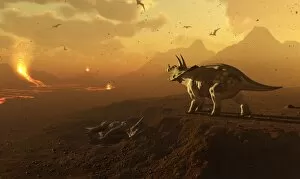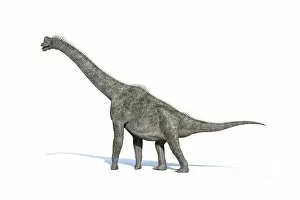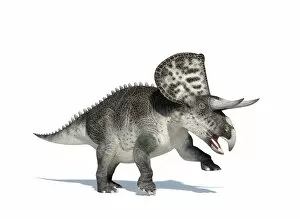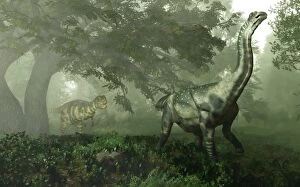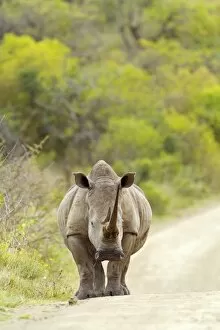Herbivore Collection (page 100)
In the diverse world of herbivores, there is a fascinating array of creatures that thrive on plant-based diets
For sale as Licensed Images
Choose your image, Select your licence and Download the media
In the diverse world of herbivores, there is a fascinating array of creatures that thrive on plant-based diets. From majestic Domestic Cattle like the Limousin and Haltcliffe Vermount pedigree bull, to the awe-inspiring American Bison foraging in Yellowstone National Park, these animals showcase the beauty and importance of herbivory. Imagine standing amidst towering Brachiosaurus dinosaurs, their elongated necks reaching towards leafy canopies. These ancient giants exemplify the incredible evolution of herbivorous species throughout history. Venturing into modern times, we encounter a Giant Tortoise gracefully navigating through the highlands of Floreana Island in the Galapagos Islands. Its slow yet deliberate movements remind us of nature's patience and resilience. Witnessing an Irish Cob horse pulling a traveller caravan as it heads towards Appleby Horse Fair evokes images of tradition and cultural heritage intertwined with these magnificent herbivores' strength and loyalty. On snow-covered moorland near Pen-y-ghent in Yorkshire Dales National Park, a flock of Dalesbred sheep stands proudly against the winter backdrop. Their presence symbolizes adaptability and endurance in harsh environments. Traveling back millions of years ago, we encounter Diplodocus and Polacanthus dinosaurs roaming vast landscapes solely sustained by vegetation. These colossal creatures demonstrate how herbivory has been ingrained in Earth's history since time immemorial. Perched atop limestone headlands overlooking picturesque coastlines lies a flock of Feral Kashmir Goats. Their ability to find sustenance even in challenging terrains showcases their resourcefulness as true survivors. In coastal pastures on Bride Isle off Manx shores during August, Galloway cows graze alongside their adorable calf. The harmony between these domestic cattle exemplifies how they have become integral parts of our agricultural landscape while maintaining their innate herbivorous instincts. Moving across to Longridge in Lancashire, England during March, we encounter a Kerry Hill ewe with her playful lambs.























